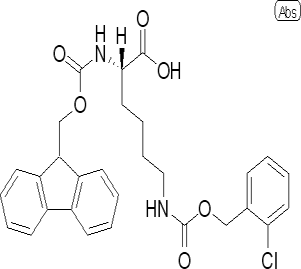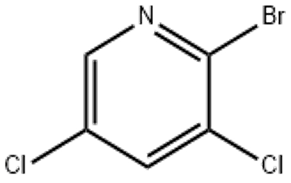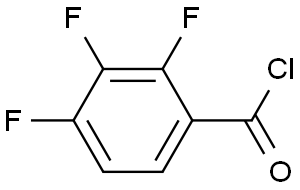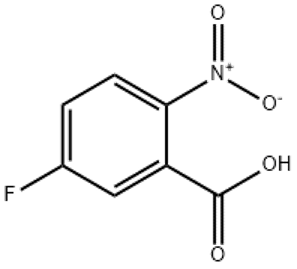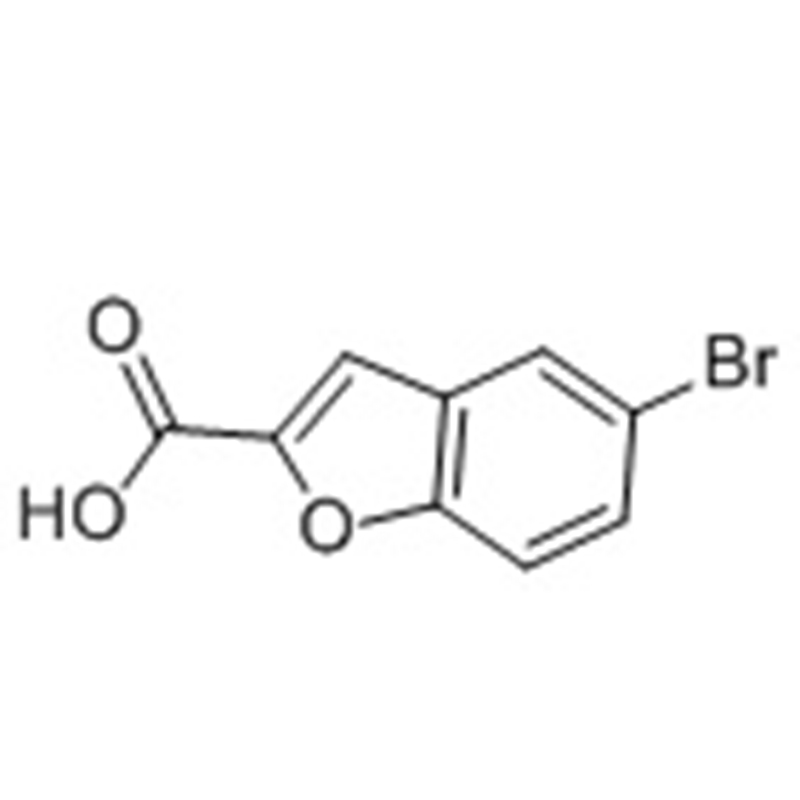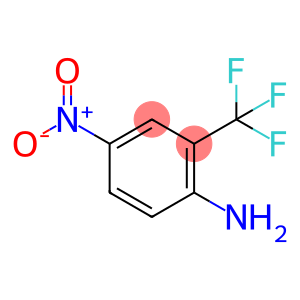N(alpha)-fmoc-N(epsilon)-(2-chloro-Z)-L-lysine(CAS# 133970-31-7)
Introduction
2. molecular formula: C26H24ClNO5;
3. Molecular weight: 459.92g/mol;
4. Solubility: Soluble in organic solvents such as dimethyl sulfoxide (DMSO), dimethyl formamide (DMF), dichloromethane, etc., insoluble in water;
5. Melting point: about 170-175°C.The primary use of Fmoc-(2-chlorobenzyloxycarbonyl) lysine is as a protecting and activating group in the synthesis of polypeptides. Its carboxyl group can be activated to form an ester, which then undergoes a condensation reaction with an amino acid residue to synthesize a polypeptide chain. The Fmoc group can be easily removed after the reaction is complete to expose the protected amino moiety.
The method of preparing Fmoc-(2-chlorobenzyloxycarbonyl) lysine generally involves the following steps:
1. reacting lysine with N-hydroxybutyrimide (Pbf) to introduce a protecting group;
2. reacting lysine-Pbf derivative with 2-chlorobenzyl alcohol to form Fmoc-(2-chlorobenzyloxycarbonyl) lysine;
3. The product is extracted with an appropriate solvent and purified by crystallization to obtain the pure product.
Regarding safety information, Fmoc-(2-chlorobenzyloxycarbonyl) lysine is a chemical reagent and appropriate safety measures should be taken. Appropriate protective equipment, such as lab gloves, glasses, and lab clothes, should be worn during the experiment. Avoid inhaling powders or solutions, avoid contact with skin and eyes. In case of accidental contact, rinse immediately with plenty of water and seek medical help. Ensure that it is used in a safe laboratory environment and stored properly to prevent accidents.


